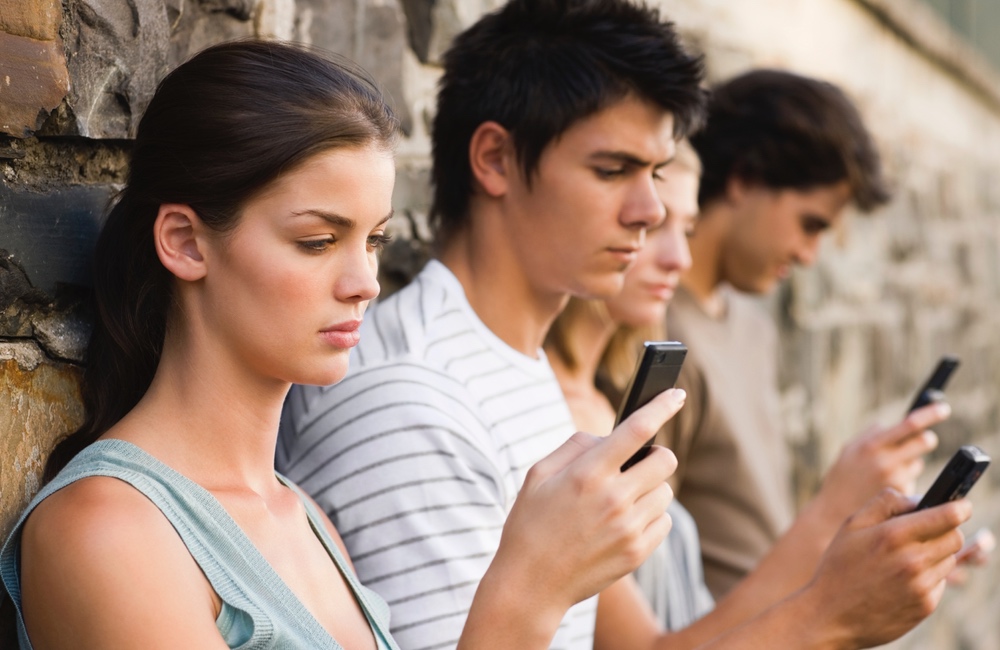Hundreds of times a day elementary and middle school make judgment calls based on what they see is going on in the classroom. They may decide to call on a student whose attention seems to be drifting, turn a lesson into a competitive game to energize students or give a stern warning to a child who is acting disrespectful. These choices are influenced by their perceptions of their students.
As is true for all of us, teachers' perceptions are not always accurate. Biases may lead them to misperceive what's going on or misread a child's demeanor — boys engaging in a spirited debate can be seen as unruly; a child who is upset and withdrawn can be viewed as angry and hostile. A study asking prospective teachers to describe the emotions of students in a series of videos found that they were more likely to see Black children as angry, even when that was not the case.
Anger bias has been documented in adults; in children the discrepancy has implications for kids' success in school. “This anger bias can have huge consequences by increasing Black children's experience of not being 'seen' or understood by their teachers and then feeling like school is not for them,” Amy G. Halberstadt, Ph.D., a professor of psychology at North Carolina State University, said in a statement. “It might also lead to Black children being disciplined unfairly and suspended more often from school, which can have long-term ramifications.”“We need to know the specific pathways by which racism travels, and that can include false assumptions that Black people are angry or threatening.”
Over 175 students in education programs at three Southeastern universities viewed short video clips of children, ages 9 to 13 years old, for the study. The 72 children's faces expressed one of six basic emotions: happiness, sadness, anger, fear, surprise or disgust. The clips were evenly divided among boys or girls and Black children or White children.
The prospective teachers were somewhat accurate at detecting the children's emotions, but the mistakes they made revealed some patterns. Boys of both races were misperceived as angry more often than Black or White girls. Black boys and girls also were misperceived as angry at higher rates than White children. Black boys were subject to the anger bias most often.
Participants in the study reflected the racial and gender profile of most public school teachers across the country. They were predominantly female (89 percent) and White (70 percent). The study didn't include enough people of color from any single race or ethnicity (Hispanic 9 percent, Asian 8 percent, Black 6 percent, Biracial 5 percent, Native American 1 percent and Middle Eastern 1 percent) to determine whether the race or ethnicity of the teachers made a difference in how they perceived the children or to analyze separate findings based on the race or ethnicity of the teachers-to-be. It is also possible that veteran teachers would have more accurate perceptions.
The teachers-to-be also filled out questionnaires designed to measure their implicit and explicit bias. The results of those tests didn't affect the findings relating to Black children, but those prospective teachers who displayed greater racial bias were less likely to misperceive White children as angry.
“Even when people are motivated to be anti-racist, we need to know the specific pathways by which racism travels, and that can include false assumptions that Black people are angry or threatening,” Halberstadt said. “Those common racist misperceptions can extend from school into adulthood and potentially have fatal consequences, such as when police officers kill unarmed Black people on the street or in their own homes.”
The study, by researchers from North Carolina State University, the University of North Carolina and George Mason University, is published in the journal, Emotion.





